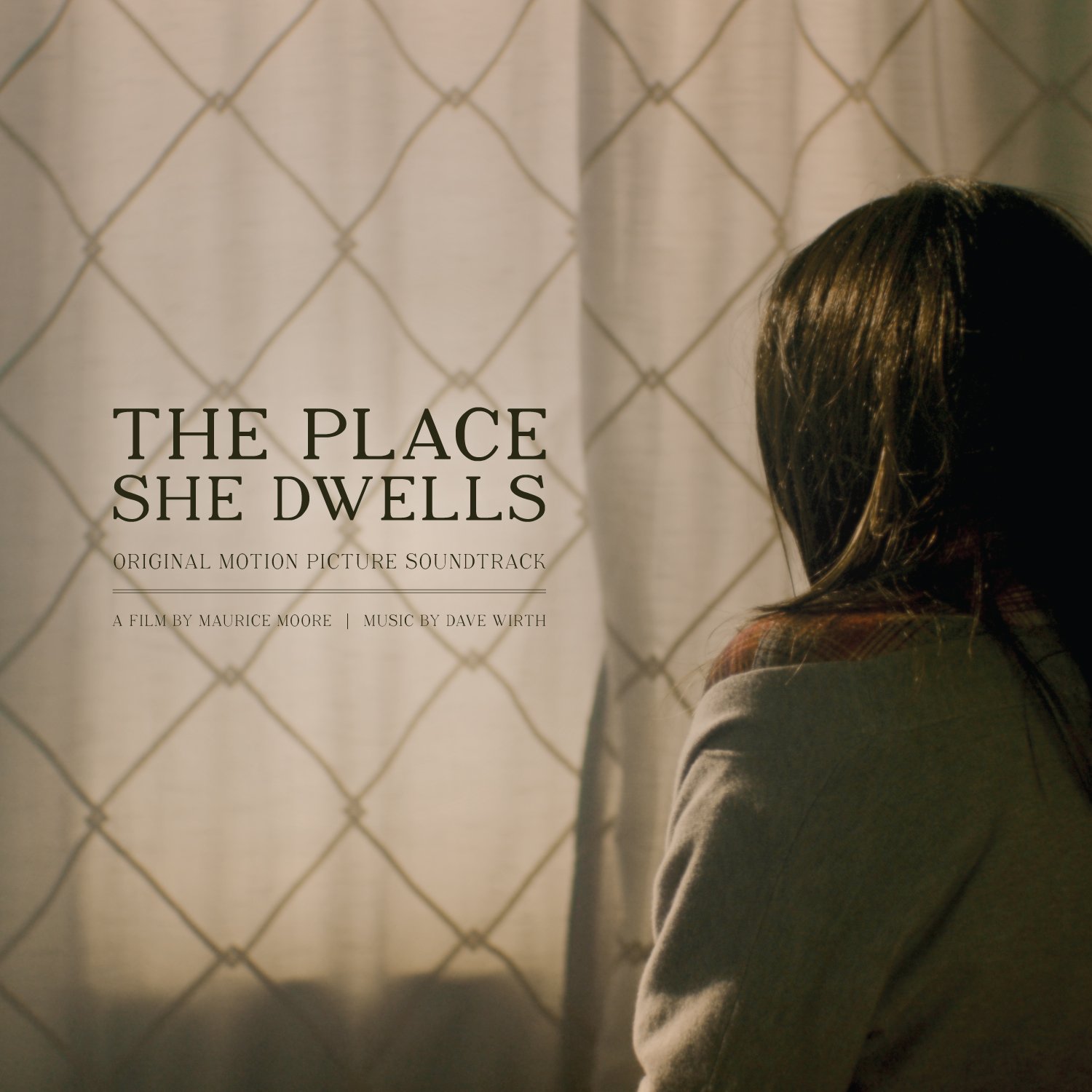When director Maurice Moore and I started to talk about the music for Finding Solace, Maurice posed a significant challenge that I totally accepted: Craft music that could exist independently of the film itself. In essence, I accepted the task to compose a score that would resonate on its own, without the help of the visual and narrative context provided by the film. It was a mighty challenge, and I hope I rose to it.
To achieve the goal, I felt strongly that I needed to delve into the archives of America’s rich cinematic legacy. Throughout the history of film as an artistic medium, the orchestra has served as the primary instrument for creating iconic and memorable film scores. The emotional breadth and range offered by the orchestra surpasses that of any other musical tool available to film composers, and it was clear to me that Finding Solace required that sound.
Finding Solace skirts a line in contemporary independent filmmaking that’s rarely dared: It’s an ingenious mashup of Crash and Seven. There’s outright moments of intense syncronicity that follow with deeply intense horror. It was clear that I had to do music that at least attempted to bridge the two distinctive narrative genres while ensuring a cohesive melodic through-line in the film. If I succeeded or not, that’s certainly a good question! In the end, the score employs orchestra, piano, and an immensely reverberated guitar to express a profoundly tragic family drama, while chilling orchestral effects coalesce to establish an atmosphere filled with tension, darkness, and an overwhelming sense of harrowing intensity.
I had to go for broke with this movie. It needed music that matched the audacity of the story. If I wanted to rise to the challenge Maurice Moore threw at me, I had to go big or go home. The outcome is approximately 65 minutes of richly layered orchestral music. I hope you enjoy.



